
子どもの権利はとても大切です。
国際連合では、1989年に「子どもの権利条約」を作りました。
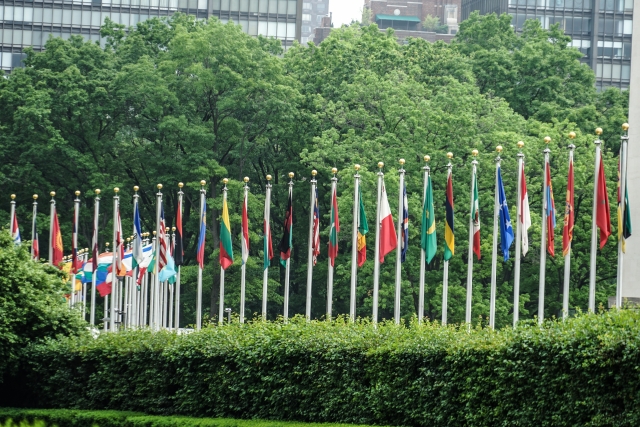
権利というのは、自分の意志によって自由に行ったり、他の人に求めたりできることです。
条約というのは、多くの国の間で守ろうと決めたことと、それを文章にまとめたもののことです。
「子どもの権利条約」は、日本では、1994年から守ることになりました。
子どもの権利条約は前文と54条からできています。
1条から40条には、生きる権利や成長する権利、暴力から守られる権利、教育を受ける権利、遊ぶ権利、参加する権利など、世界のどこで生まれても子どもたちがもっている、いろいろな権利が定められています。
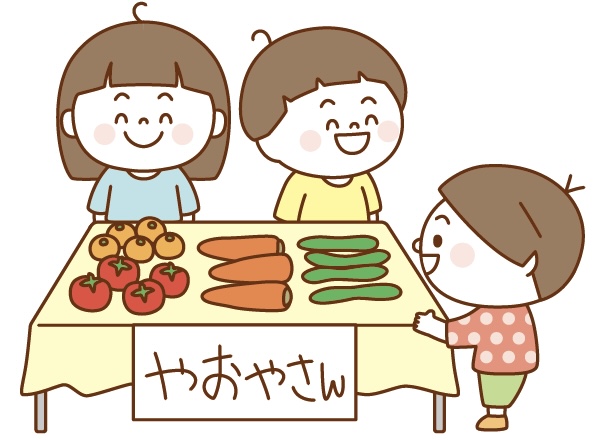
また、難民や少数民族の子ども、障がいのある子どもなど、特に配慮が必要な子どもの権利についても書かれています。
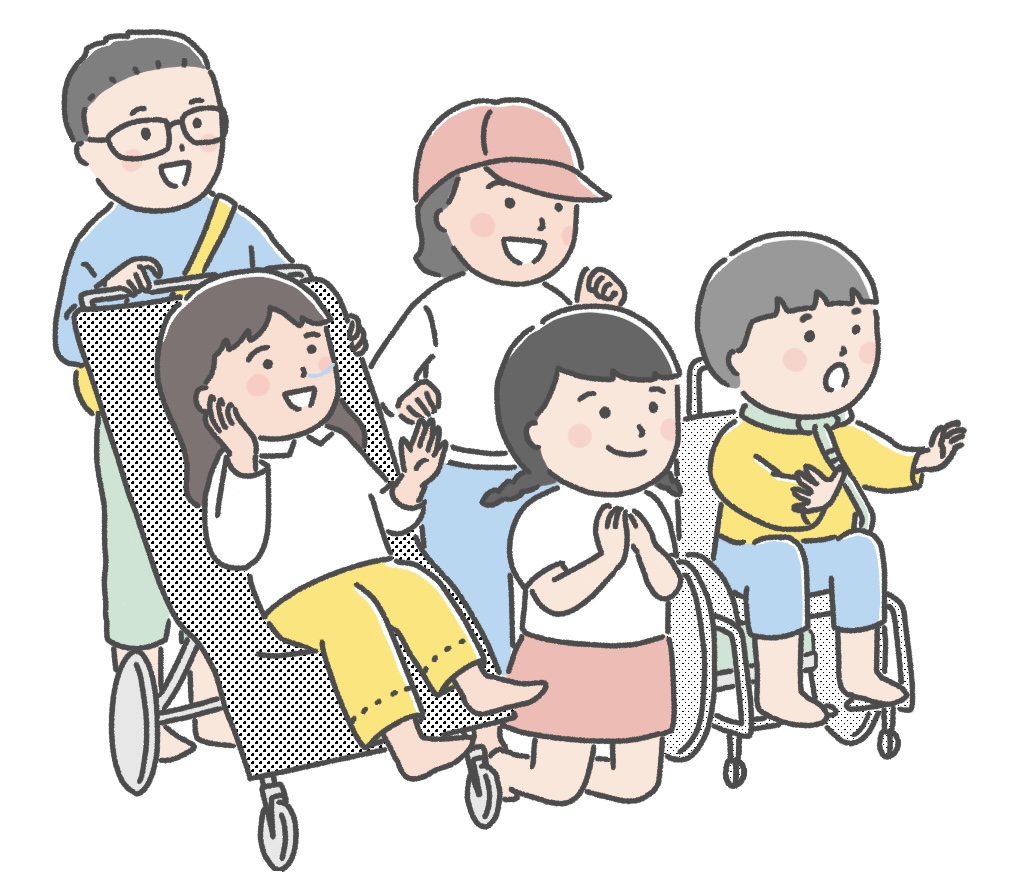
条約に書かれている子どもの権利を守るためには、それそれの国が法律を整えて、政策を行うこと、また、子どもの権利が守られる責任は、親や保護者などにあることなども定められています。
41条の後には、条約の原則や内容を、大人にも子どもにも広く知らせることや、条約を実施するためのしくみなどが定められています。
子どもの権利は、SDGsとも深くかかわっています。
⭐️ ⭐️
関係するページも読んでください。
子どもの権利② Children’s Rightsにすすむ(このブログにあるページ)
子どもの権利③ Children’s Rightsにすすむ(このブログにあるページ)
ユニセフ UNICEFにすすむ(このブログにあるページ)
エスディジーズ SDGsにすすむ(このブログにあるページ)
Children’s Rights
The United Nations created the Convention on the Rights of the Child in 1989.
A right is something that you are free to do or ask others to do according to your own will.
A convention is something that has been decided to be observed between many countries, and a document summarizing it.
In Japan, the Convention on the Rights of the Child has been observed since 1994.
The Convention on the Rights of the Child consists of a preamble and 54 articles.
Articles 1 to 40 stipulate various rights that children born anywhere in the world have, such as the right to live, to grow up, to be protected from violence, to receive education, to play, and to participate.
The Convention also includes the rights of children who need special consideration, such as refugees, children of ethnic minorities, and children with disabilities.
The Convention also stipulates that each country must have laws and policies in place to protect the rights of children, and that parents, guardians, and others are responsible for ensuring that the rights of children are protected.
After Article 41, the Convention provides for the principles and content of the Convention to be made widely known to adults and children alike, as well as the mechanisms for implementing the Convention.
Children’s rights are also deeply intertwined with the SDGs.
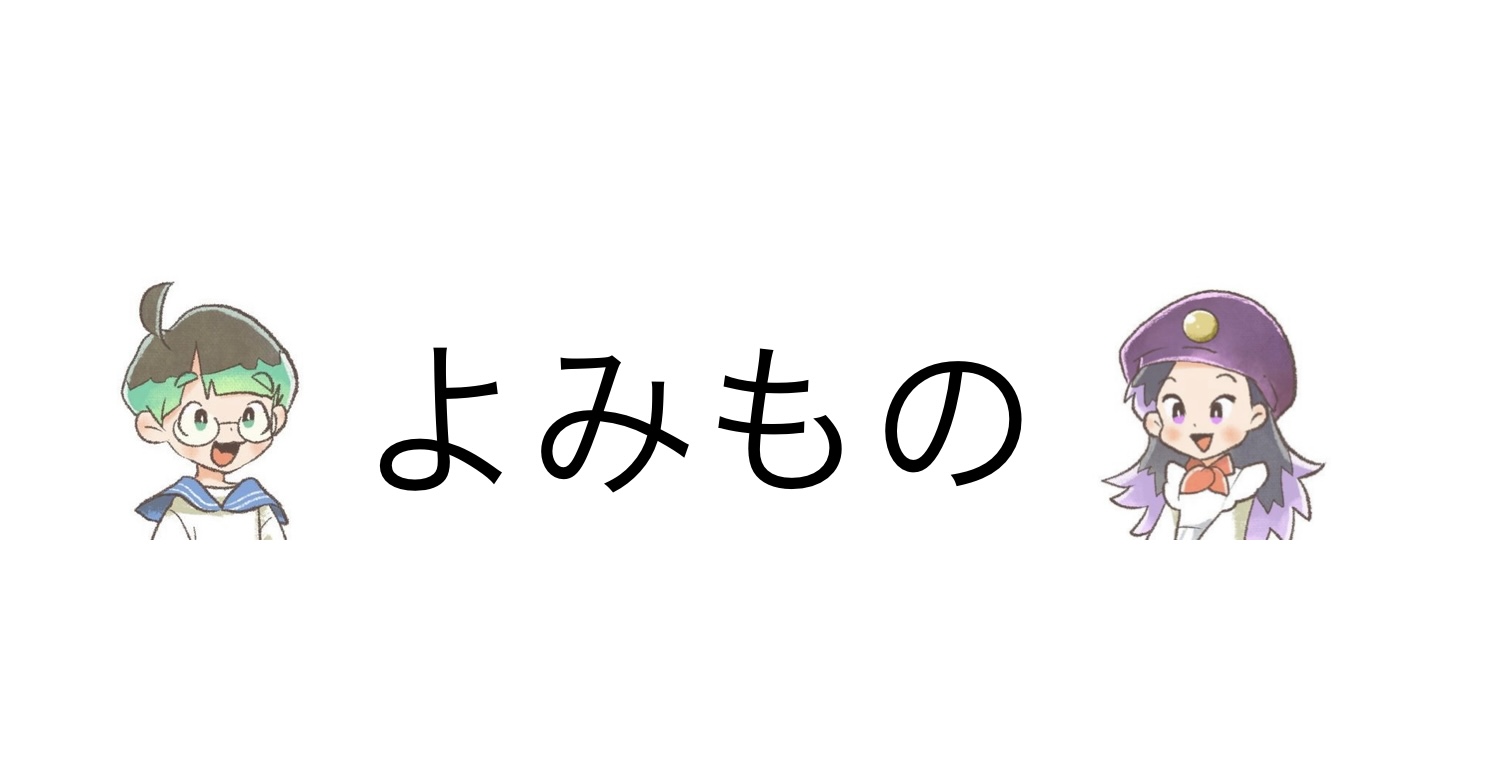
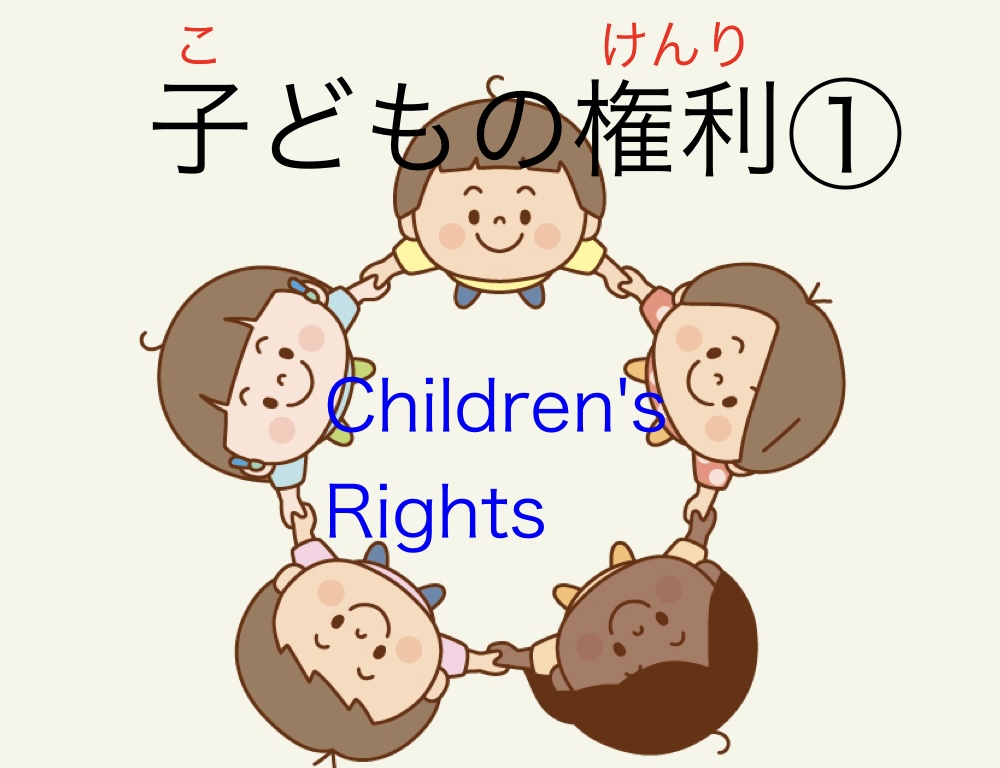


コメント